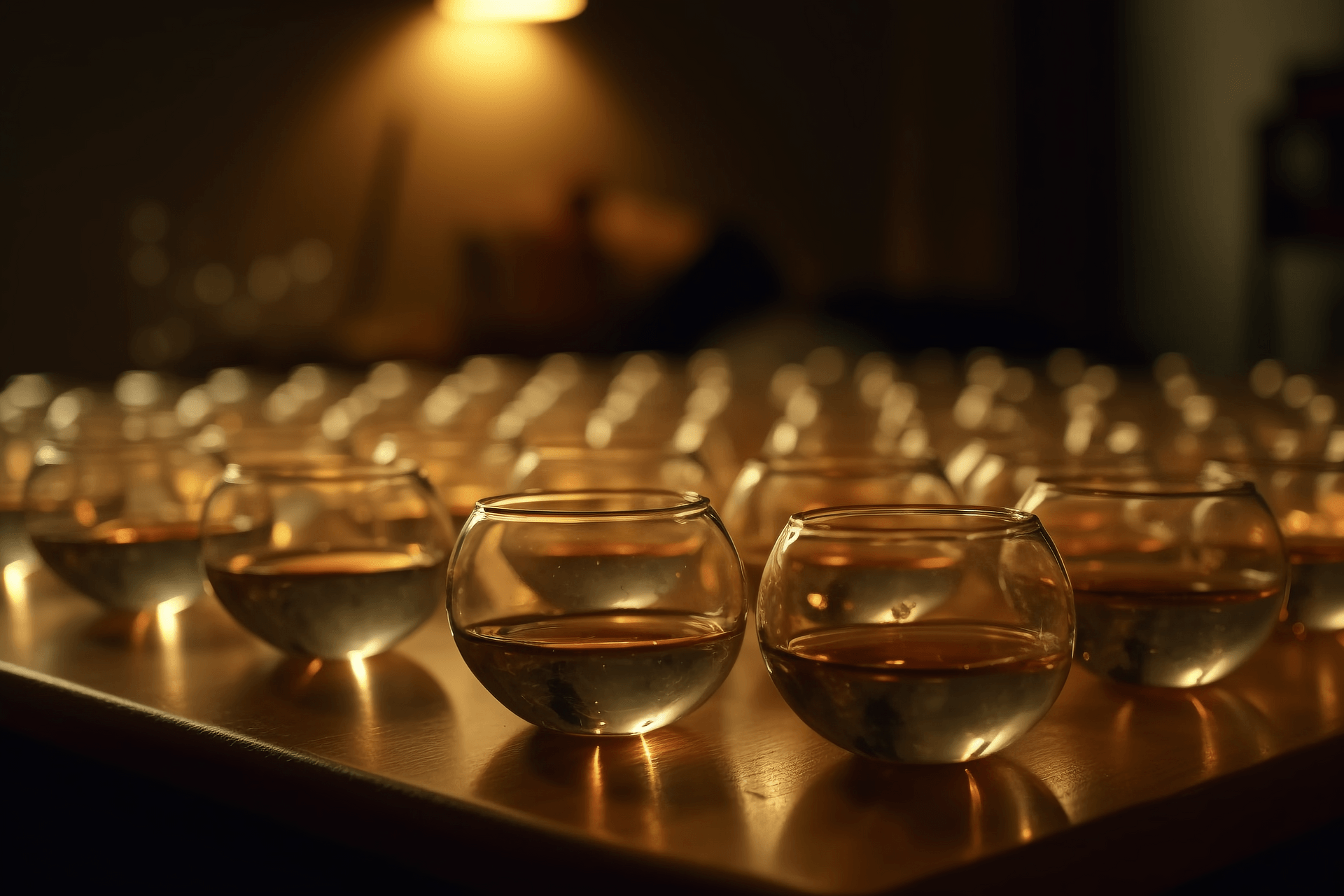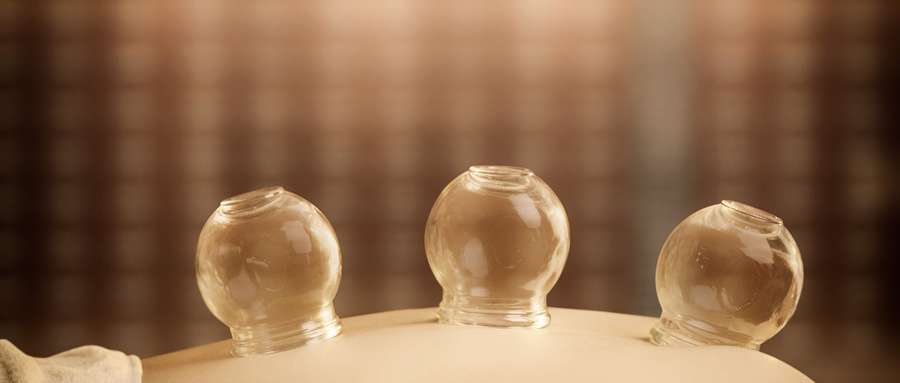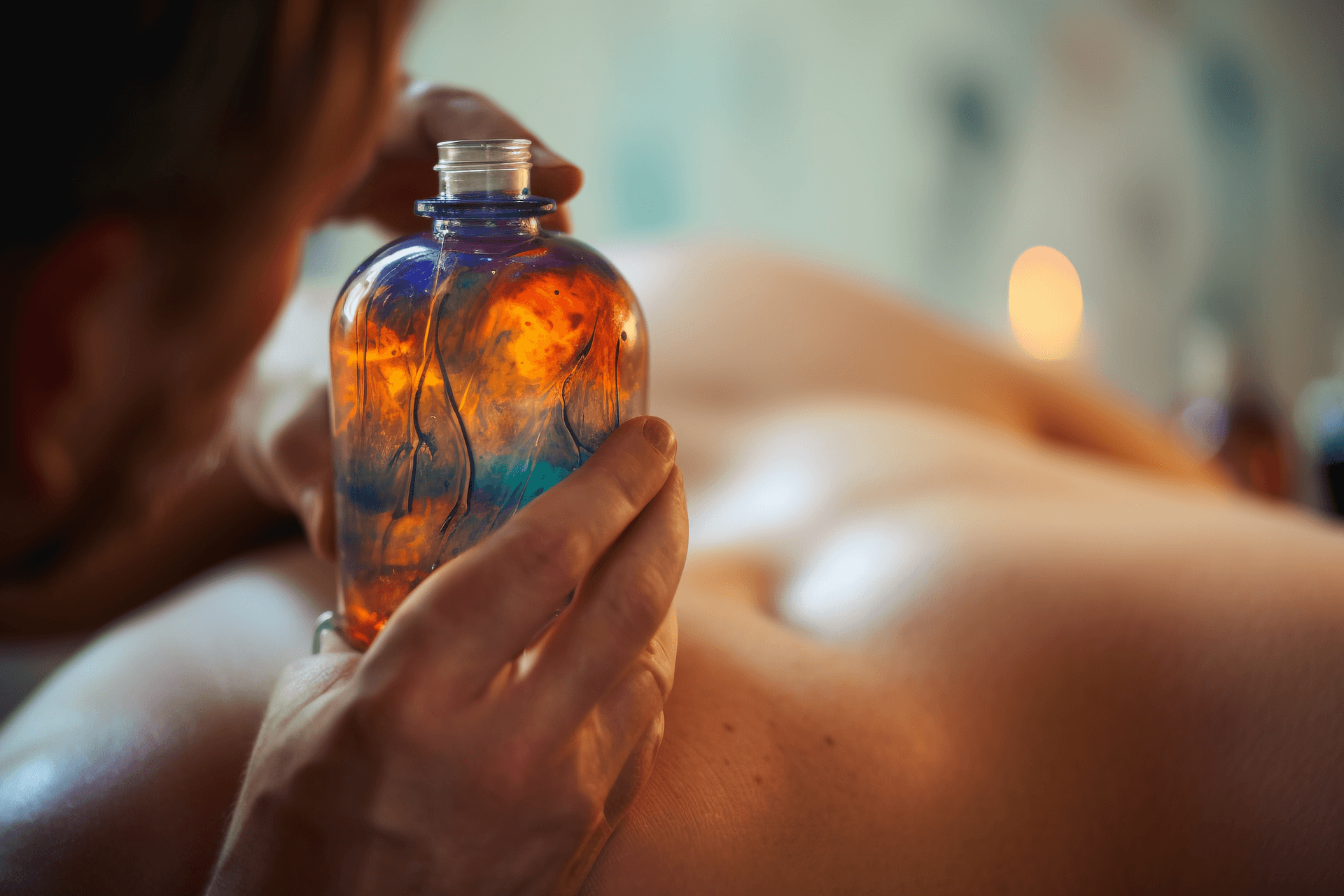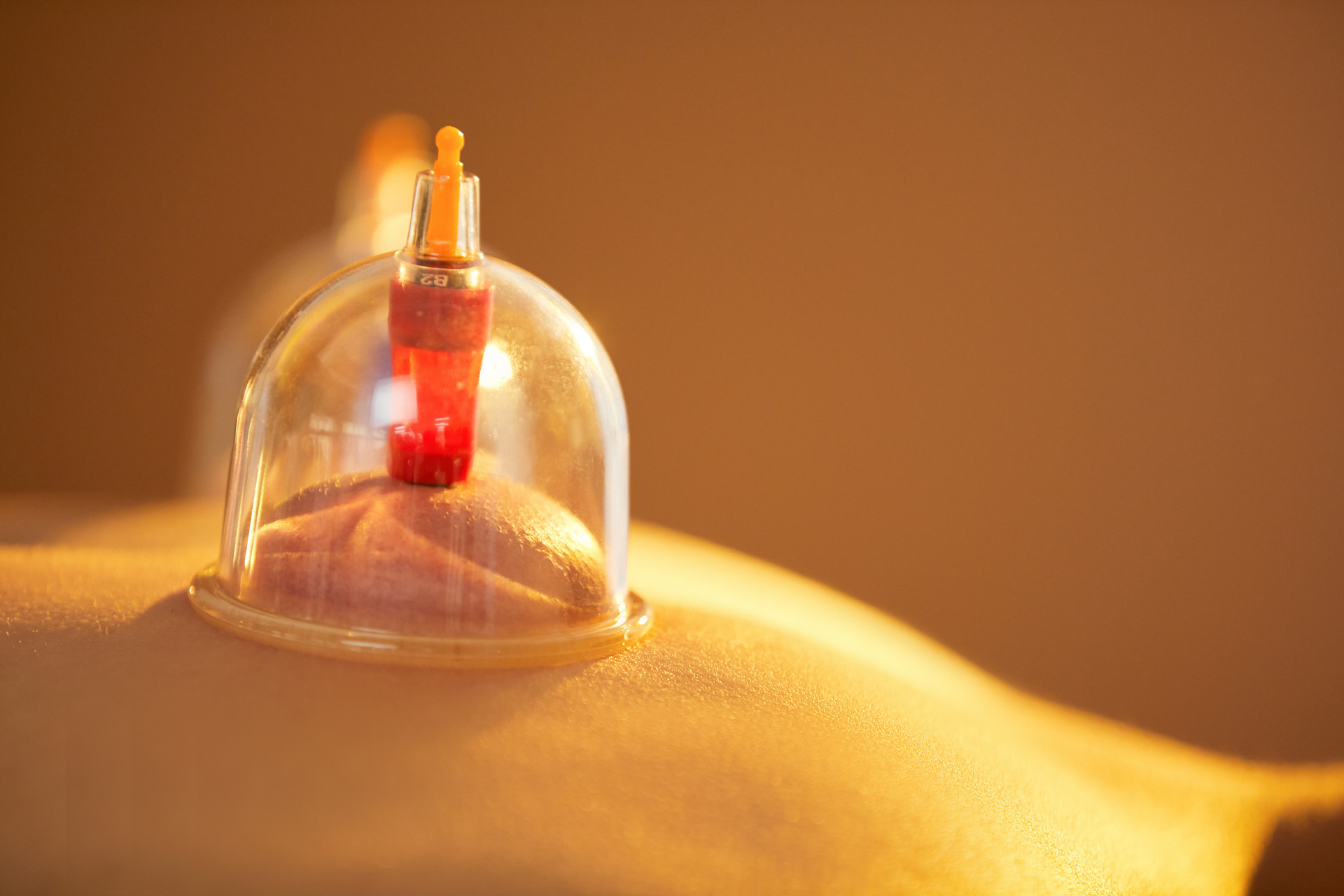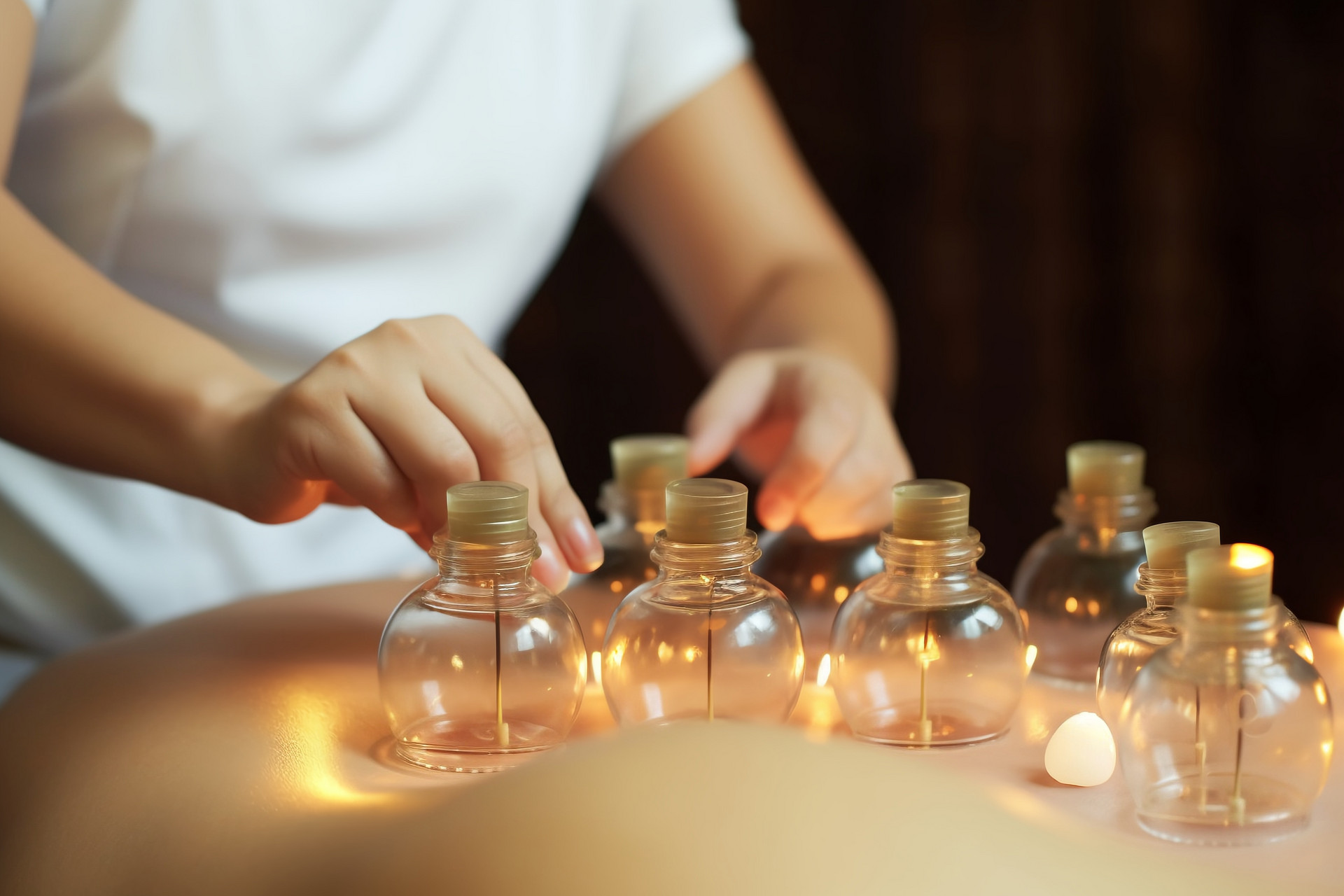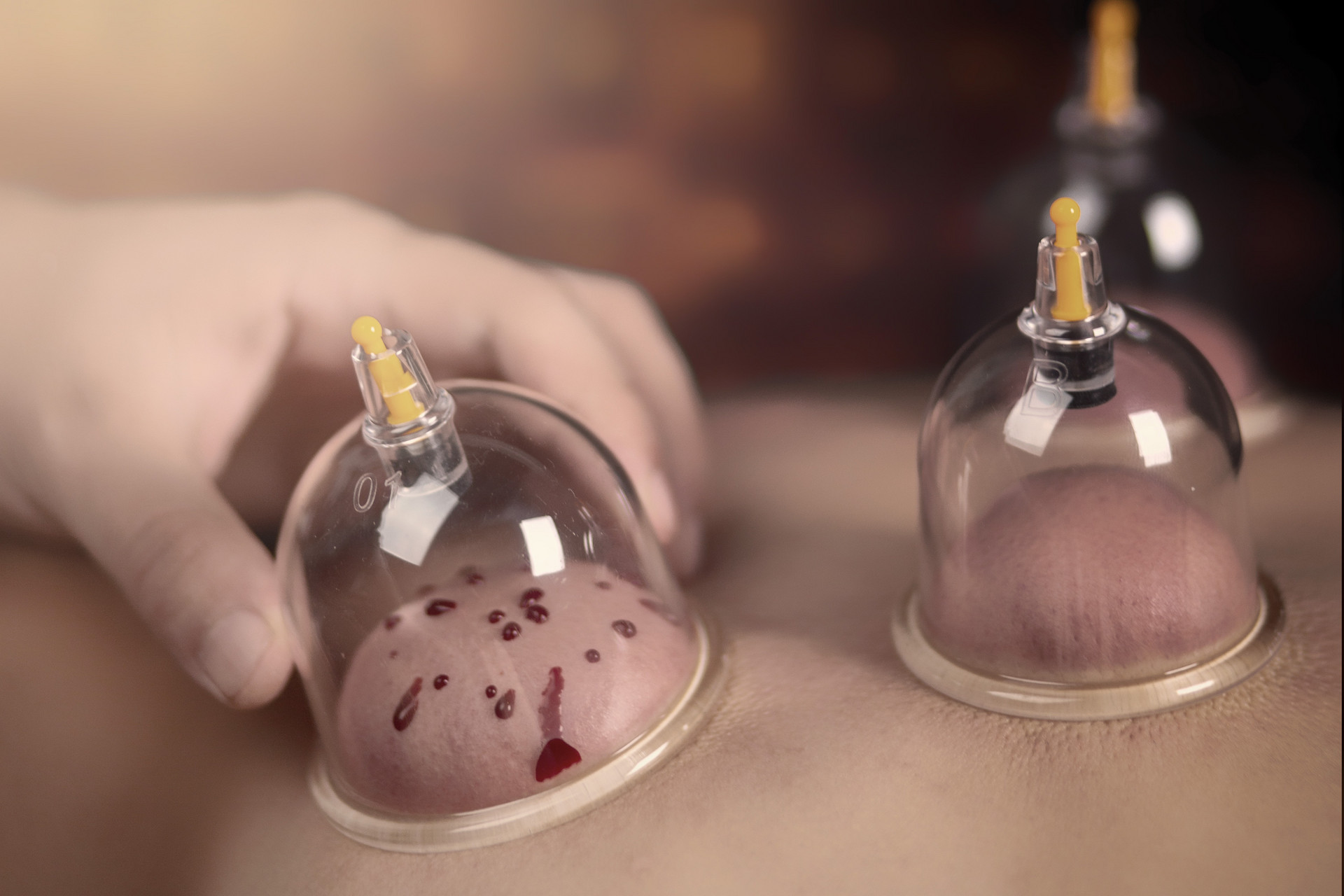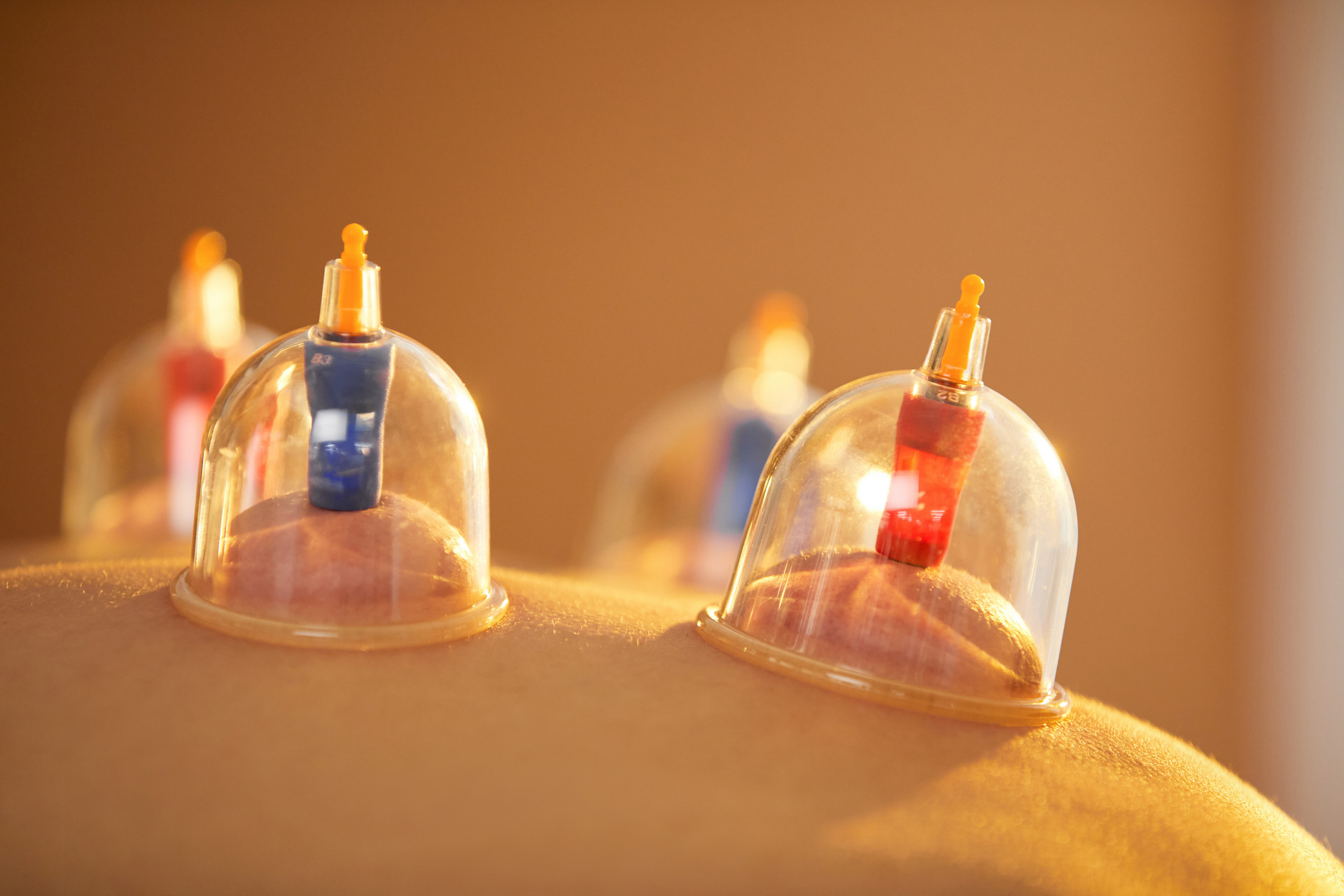1. Preoperative preparation:
(1) Carefully examine the patient to determine suitability and any contraindications. Prescribe accordingly based on the condition.
(2) Check and ensure the availability of the drugs and equipment to be used, then clean them one by one and arrange them in order.
(3) Explain the procedure to the patient, alleviate their fear, and enhance their confidence in the treatment.
2. Patient positioning: The correct positioning of the patient is crucial for the effectiveness of cupping. The proper position should make the patient feel comfortable, allow muscles to relax, and expose the treatment area fully. The following are commonly used positions:
(1) Supine position: Suitable for the forehead, chest, abdomen, and anterior of the upper and lower limbs.
(2) Prone position: Suitable for the back, waist, buttocks, and posterior of the upper and lower limbs.
(3) Lateral position: Suitable for the side of the head, face, side of the chest, hip, and knee.
(4) Prone sitting and sitting positions: Suitable for the neck, back, upper limbs, and knees.
3. Cup selection: Choose cups of appropriate size, such as fire cups, bamboo cups, or other cupping tools, based on the size of the area, the patient's constitution, and the condition.
4. Cleansing and disinfection: On the selected treatment area, use a towel soaked in hot water to clean the affected area, then dry it with a dry gauze. To prevent scalds, alcohol or iodine disinfection is generally not used. If necessary, shaving should be done in areas with hair or near hair to prevent skin burns or infection caused by fire or contact.
5. Warming the cups: In winter or during cold weather in late autumn, early spring, or before cupping, to prevent the patient from feeling cold, the cups can be preheated over a fire. When warming the cups, only heat the bottom part and avoid heating the mouth of the cup to prevent burns from overheating. The cups should be heated until they are warm and the temperature is equal to or slightly higher than the skin.
6. Cupping procedure: First, expose the selected area. The operator stands close to the patient, and using their dominant hand (either left or right), places the cups using different methods. Generally, there are two types of cupping arrangements:
(1) Dense arrangement: The distance between cups should not exceed 1 inch. This method is used for patients with a strong physique and experiencing pain. It has sedative, analgesic, and anti-inflammatory effects, also known as the "stimulation method".
(2) Sparse arrangement: The distance between cups is 1-2 inches. This method is used for patients with weak constitution, numbness in the limbs, and weakness. It is also known as the "mild stimulation method".
7. Inquiry: After the cups are placed, continuously ask the patient about their feelings (if glass cups are used, also observe the skin reaction inside the cup). If the suction of the cups is too strong and causes pain, a small amount of air should be let in. The method is to hold the cup slightly tilted with the left hand and press the skin on the opposite side with the right hand finger to create a small gap for the air to enter slowly. When the desired level is reached, stop releasing the air and secure the cup. If the patient feels weak after cupping, they can stand up and have another round of cupping.
8. Cupping duration: Strong suction cups can be left on for 5-10 minutes per session, while weak suction cups can be left on for 10-15 minutes per session. Additionally, the duration should be flexibly adjusted based on the patient's age, constitution, condition, course of illness, and the treatment area.
9. Frequency of cupping: Once a day or every other day, with a general course of 10 sessions, followed by a rest period of 3-5 days.


